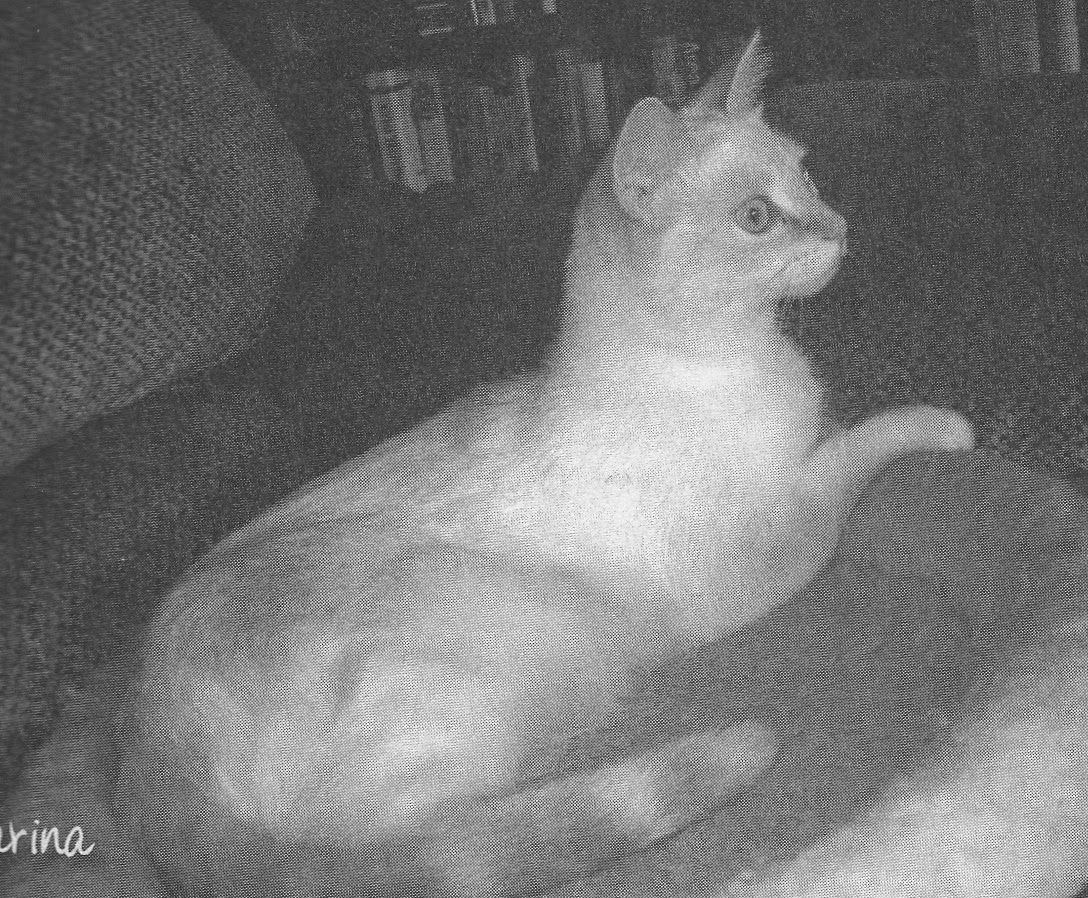Last week I shared with you the
gift of a cache of letters and documents—eight in all—that I recently
discovered in my safety deposit box. Among the documents was the “Permission
for Exclaustration,” which you read last week.
Several of you who
left comments noted how formal it sounded and that’s true. It was in a sense a
legal document that permitted me to leave the convent for a year. I’d professed
a vowed commitment to that convent on January 1963 and so this document was a
formal recognition of that and a permission to leave the Mount for a year and
live beyond the convent itself.
The vow I’d taken—along with poverty,
chastity, obedience, and conversion of morals—was one of “stability.” That is,
I would be a part of that Community of Benedictines for the rest of my life. I
was walking away for a year and so I needed permission to depart the convent
and leave the Community.
This week, I’m
sharing with you the following letter that Mother Mary Austin wrote to me on
December 23, 1966, the day I signed the above document. That was the day before
I left the convent.
Late as it is, I
cannot resist writing a brief note to you. In my own name and that of the
Community, I wish to express my appreciation for the contribution you have made
to our apostolic work.
Even
though you are leaving us, please be assured that the Mount Benedictines are
not breaking their bond with you. You will be included daily in our remembrance
of the “absent brethren.”
Know
too, Sister, that I have faith in you as a person. I believe that you are trying
sincerely to bear witness to Christ in the way that seems best for you. Know
also, Sister, that if after you have tried to live outside the convent and find
that you would like to return, we will gladly welcome you back. In the interim
we will always have a prayerful and loving remembrance of you.
I
hope you will find the peace and happiness that you are seeking. God bless you
through the coming year. Please remember me and the Community in your prayers.
With
love in the Holy Child,
Mother
Mary Austin OSB
I don’t remember
Mother Mary Austin giving me this letter. My memory of her attitude has always
been that she was deeply annoyed with me. And she was annoyed on the evening of
December 5 when I’d sought her out and said I needed to leave. But it’s clear
from this letter that her annoyance was only momentary and perhaps she felt it
only because she was powerless to give me peace from my torments. It was only
in myself that I could find the happiness I sought.
I had become, in
today’s parlance, somewhat of a zombie. I taught my high school religion and
English lit classes enthusiastically. I participated devoutly in the monastic
prayer of Benedictines. I listened intently to the students asking for advice.
I did all that was
asked of me and yet I felt nothing. I was simply acting the role. It was a
performance. I had lost between ten and fifteen pounds; I had no appetite; and
I wasn’t sleeping. Truly I walked as the living dead from Thanksgiving on.
So I suspect now
that I gave only a cursory glance at the document I signed on December 23 and at
this letter from Mother Mary Austin. I’m not sure why I kept them or the other
six documents I’ll share with you. I was acting on “autopilot” for many months
after leaving and somehow these letters and documents must have held meaning
for me even though I never again read them.
Note that at the
end of her letter, Mother Mary Austin—of the Order of Saint Benedict
(OSB)—asked me to remember her and the Community in my prayers. The truth is
that rather quickly I ceased attending Sunday Mass and seldom prayed. I felt I
was drowning in despair. I suppose my only prayer was “Out of the depths I cry
to thee, O Lord. Lord hear my voice! Let your ears be attentive to the voice of
my supplications!” (Psalm 130)
I did sorely miss
the many friends I’d made in the convent—women who laughed a lot and showed
compassion toward all and cared with deep concern about our world. Many of them
are dead now, but I’m still in touch with several nuns who became dear to me
during those convent years.
I think the truth
may be that I was in such anguish for many months after leaving that I drew in
on myself—except for when I had to put on a performance of normality at work
and with the new friends I’d made at the Loretta Guild for Working Women.
I tell you now
that I figuratively died during that time. I existed merely as a puppet,
although I don’t know whose hand animated me. Many years passed before—like
Pinocchio the marionette—the current of life pulsed within me.
I always think of
that when I read newspaper stories about the Magicicada cicadas of eastern North America. They spend most of
their life underground. Then after thirteen or seventeen years the mature cicadas
emerge and live for several weeks, singing their unique song.
I, too, finally
emerged from the dark loam of uncertainty. I left the convent in 1966 between
my 30th and 31st year. But I think I did not truly live
as a whole person until 1976 when I met Doctor Nimlos, who literally saved my
life.
For everything
there is a season. Peace.
PS: These past two weeks have not
been—for me—the season for blogging. I’ve had two bouts of pink eye, a cold,
and a sinus infection. I’m hoping that by next Monday I’ll be back to my
routines. Peace.
Photographs from Wikipedia.






